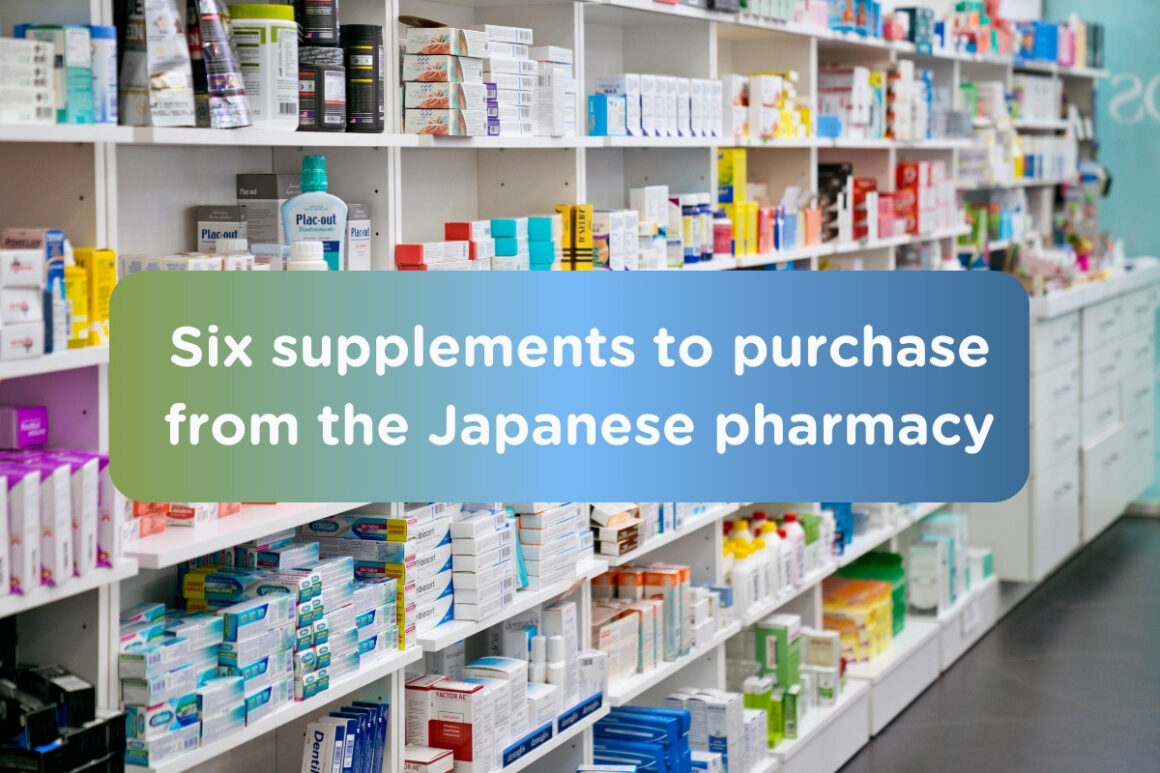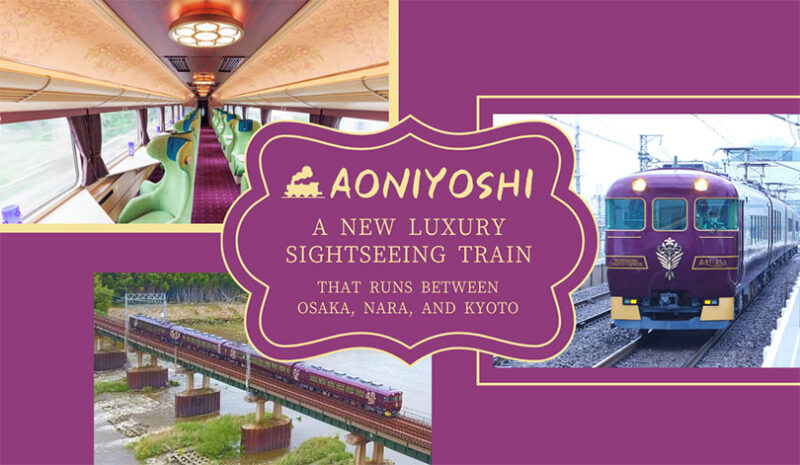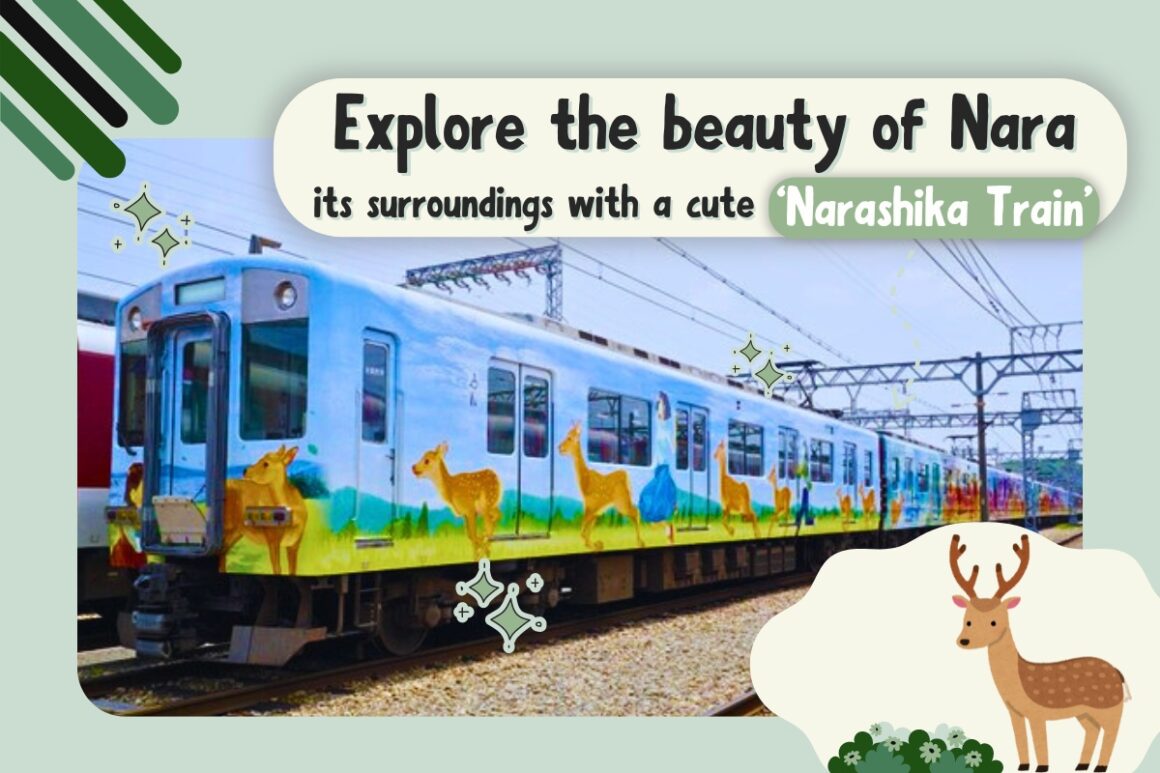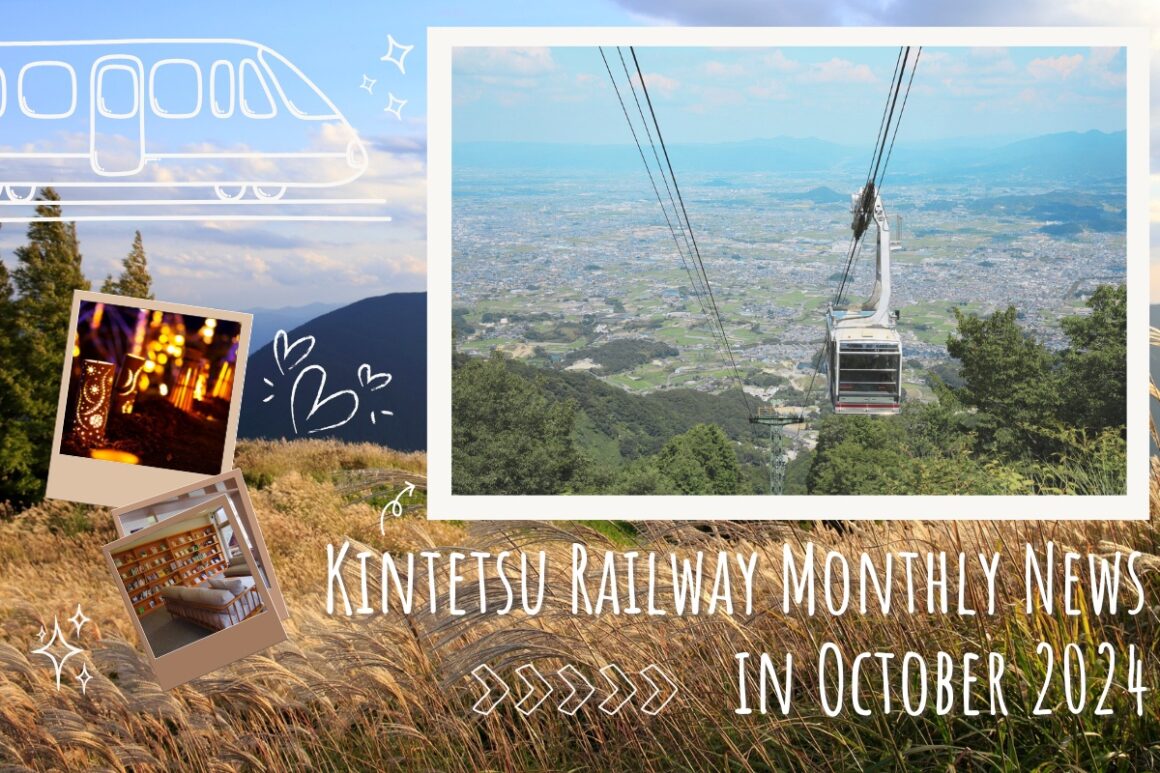Seven best cherry blossom viewing spots in Nara 2023!
Mar 16, 2023
Seven best cherry blossom viewing spots in Nara 2023!

It is no exaggeration to say that spring is the most wonderful time of the year in Japan, and many tourists from across the world flock to the country to enjoy its beautiful view of the dainty pink cherry blossom petals every year.
After Japan closed its borders in early April 2020, this year’s cherry blossom season will be the first in more than three years with no COVID-19 restrictions, and the country’s meteorological agency predicts that flowering will start on March 21, three days earlier than usual.
The cherry blossoms in Nara will start flowering on March 26, coming into full bloom as it gets closer to early April.
To help you plan your cherry blossom viewing trip to Japan, we introduce Seven best cherry blossom viewing spots in Nara, which all can be accessed easily with Kintetsu Railways trains.
Let’s experience the beautiful pink world of the Spring season in Nara!
Index : Seven best cherry blossom viewing spots in Nara 2023!
- Mount Yoshino (Yoshinoyama)
- Nara Park
- Saho River/Sahogawa
- Butsuryu-ji Temple
- Takada Senbonzakura
- Tsubosaka-dera Temple
- Koriyama Castle
1. Mount Yoshino (Yoshinoyama)
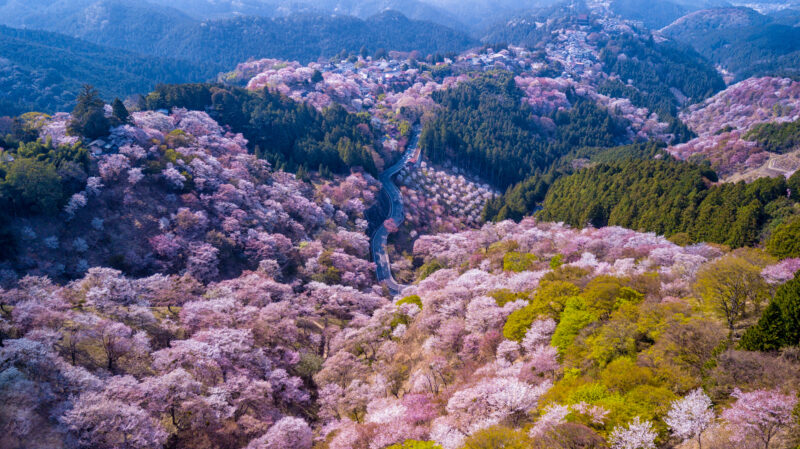
There are not so many places in Japan that have a view of cherry blossoms like Mount Yoshino (Yoshinoyama/吉野山) does, and it has been known as one of Japan’s most famous cherry blossom viewing spots for centuries.
Inside the mountain, there are approximately 30,000 cherry trees of many varieties, and the first cherry trees here are said to have been planted more than 1,300 years ago. The northward-facing slope where cherry blossom trees are planted is divided into three different areas, which are called Naka Senbon (middle 1,000 trees), Kami Senbon (upper 1,000 trees), and Oku Senbon (inner 1,000 trees) from top to bottom.
The best time to visit Mount Yoshino for its cherry blossoms is from early to mid-April, when the mountain is covered in pink.
How to get there
You can reach Mount Yoshino by taking the express train from Kintetsu Nara Station to Yoshino Station. The one-way journey takes about 95 minutes, costs around 870 yen, and requires two transfers of trains at Yamato-Saidaiji and Kashiharajingu-mae Stations.
2. Nara Park
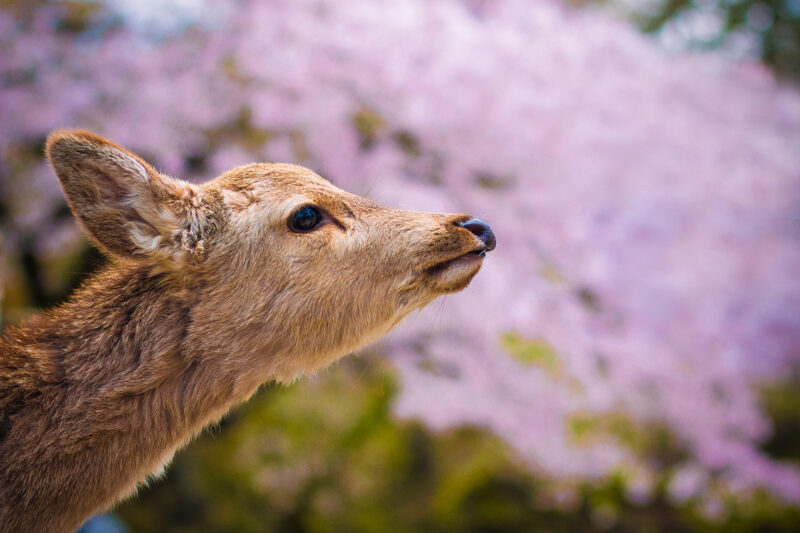
Located at the foot of Mount Wakakusa, Nara Park (奈良公園, Nara Kōen) is known for accommodating many historical cultural heritage sites like the Great Buddha of Todaiji Temple, Kasuga Taisha Shrine, and Kofukuji Temple.
Nara Park is one of Japan’s top tourist destinations, with a total area of 511 hectares and 1,300 wild deer roaming around the area. In addition, the park has been selected as one of Japan’s ‘100 Best Cherry Blossom Spots’, with around 1,700 cherry trees growing in the open areas, creating a gorgeous view for cherry blossom lovers.
How to get there
Nara Park is located within a walking distance from Kintetsu Nara Station. It is only a 5-minute walk from gate A28.
3. Saho River/Sahogawa
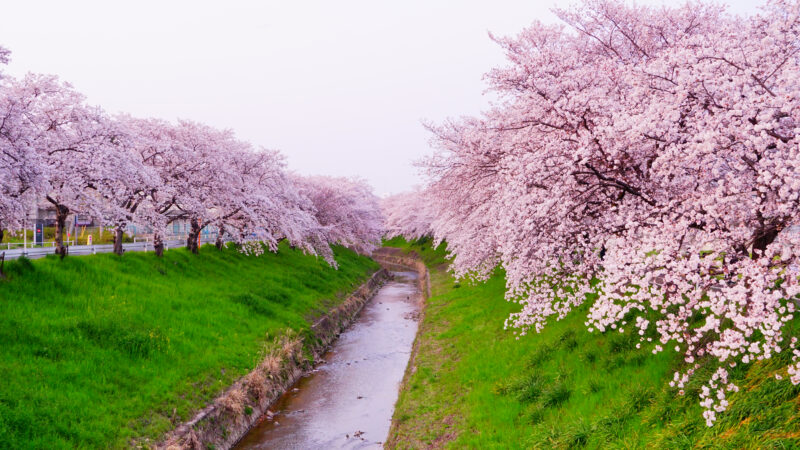
Saho River (Sahogawa/佐保川河川敷) is a part of the Yamato River’s tributaries, and it flows through Nara City and is joined by the Akishino River near Yamatokoriyama City before flowing into the Yamato River itself. Both riverbanks, which stretch for about 5 kilometers, are dotted with cherry blossom trees uninterrupted, making it one of the most famous cherry blossom viewing spots in Nara.
According to the locals, Toshiakira Kawaji, a magistrate in late Edo Period, planted cherry trees along the riverbed to improve Nara’s scenery. The variety of the cherry trees planted was Somei Yoshino, but since the variety only has a short lifespan, the original trees have been replaced many times.
How to get there
You can reach Sahogawa Riverbed by taking the train from Kintetsu Nara Station to Shin-Omiya Station on the Kintetsu Nara Line. The riverbed is in between Omiya Bridge and the JR Sahogawa Bridge.
4. Butsuryu-ji Temple

Butsuryu-ji Temple (佛隆寺) is one of the oldest temples in Nara, said to be built in the year 850. The temple is known as a home to a gigantic 900-year-old cherry tree, called ‘Sennen-Zakura’.
Known as the oldest cherry tree in Japan, the ‘Sennen-Zakura’ starts flowering in late March and it’s coming into full bloom as it gets closer to early April.
How to get there
You can reach the temple by taking the train from Kintetsu Nara Station on the Kintetsu Namba/Nara Line to Haibara Station on the Kintetsu Osaka Line. A transfer of train at the Fuse Station is required.
5. Takada Senbonzakura
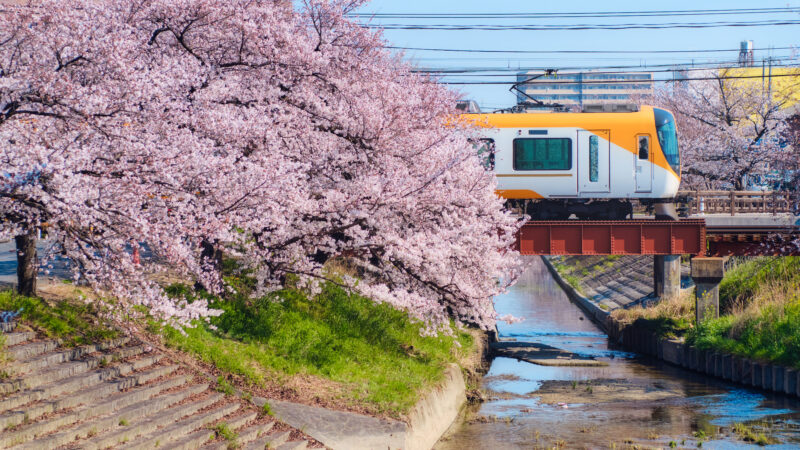
Takada Senbonzakura (高田千本桜) is the cherry blossoms along the riverbanks of Takada River, which flows through Yamatotakada City. The city is home to Senritsudera Temple, and it is said that the cherry trees were first planted in 1948 by local volunteers.
It has become one of the most visited cherry blossom spots in Nara, and there are about 1,200 cherry trees of Somei Yoshino, Yamazakura, Itohigan, Itozakura, and Yaezakura varieties dotting the 2.5-kilometer riverbeds.
The best time to visit this spot is from late March to early April.
How to get there
You can reach Takada Senbonzakura by taking the express train from Kintetsu Nara Station to Takada-shi Station. Two transfers of trains at Yamato-Saidaiji Station on the Kintetsu Kyoto/Kishihara Line and at Kashiharajingu-mae Station on the Kintetsu Osaka Line are required.
The spot is just a 10-minute walk from Takada-shi Station.
6. Tsubosaka-dera Temple
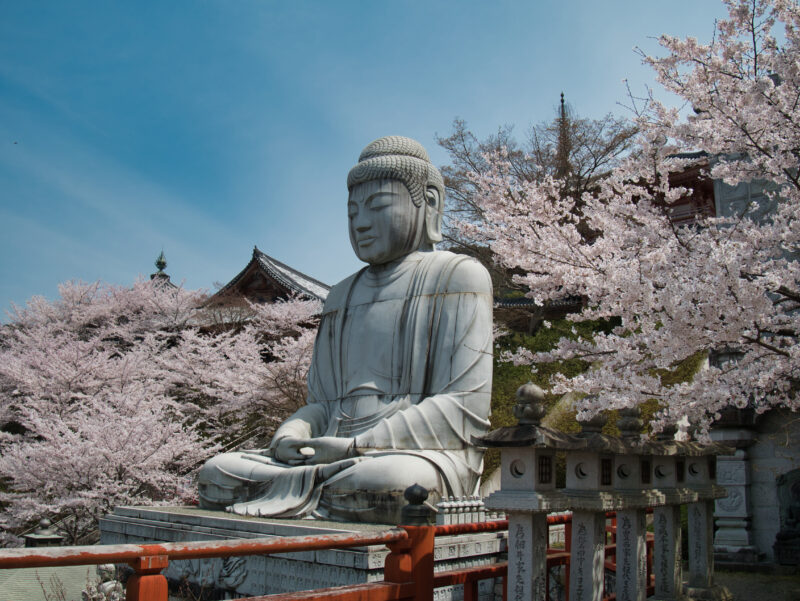
Tsubosaka-dera Temple (壺阪寺) is a temple located on a mountain with a scenic view of cherry blossoms and a big sitting Buddha statue in spring. The temple is known for housing three big statues; the sitting Buddha, standing Kannon, and sleeping Buddha.
The temple and cherry blossom trees are lit up at night, creating a romantic yet mystical atmosphere with glowing dainty pink petals.
How to get there
You can reach Tsubosaka-dera Temple by taking the express train from Kintetsu Nara Station to Tsubosakayama Station. Two transfers of trains at Yamato-Saidaiji Station on the Kintetsu Kyoto/Kishihara Line and at Kashiharajingu-mae Station on the Kintetsu Osaka Line are required.
Once you have reached Tsubosakayama Station, take the Nara Kotsu Bus that goes to Tsubosaka-dera Temple, and get off at Tsubosakadera-mae bus stop. The trip takes about ten minutes one way.
7. Koriyama Castle
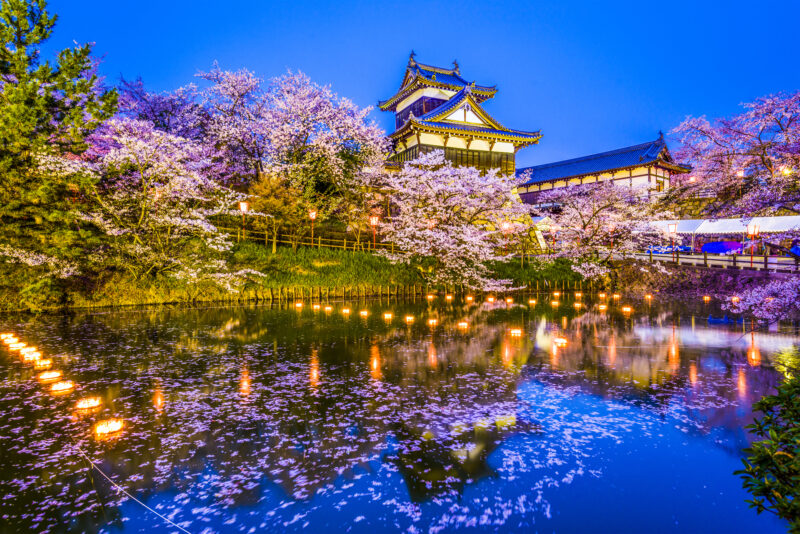
Koriyama Castle (郡山城跡, Koriyama Jōseki) was built by Mitsuhide Akechi and Takatora Todo in the Middle Ages, and the castle functioned as the administrative offices for the late Heian Period. There are not so many castle ruins in Japan that are as amazing as Koriyama Castle Ruins, especially since it has been selected as one of the ‘Continued Top 100 Japanese Castles’ and ‘100 Best Cherry Blossom Spots in Japan’.
Surrounded by lush gardens and an abundant amount of cherry trees, you can see a beautiful reflection of illuminated cherry trees on the surface of the pond at night in spring.
In addition to that, a festival called ‘Yamato Koriyama Castle Matsuri’ is held annually from March to April to ward off evil spirits and to celebrate the spring.
How to get there
You can reach Koriyama Castle by taking the express train from Kintetsu Nara Station to Kintetsu Koriyama Station. A transfer of train at Yamato-Saidaiji Station on the Kintetsu Kyoto/Kishihara Line is required.
The spot is only a 5-minute walk from Kintetsu Koriyama Station.
*.。.*゚*.。.*゚*
Now that you know how amazing Nara’s cherry blossom viewing spots are, how about visiting this prefecture this spring for a splendid view of their dainty pink petals?
Kintetsu Railway Official Website
Read other article from Kintetsu Railway
- Visit Shima Spain Village, a popular destination for fun-seeking adults and children!
- Kintetsu Rail Pass, the most affordable transport pass for Kansai Region
- Hop on the Gozaisho Ropeway and visit Mie’s only one Ski Resort!

